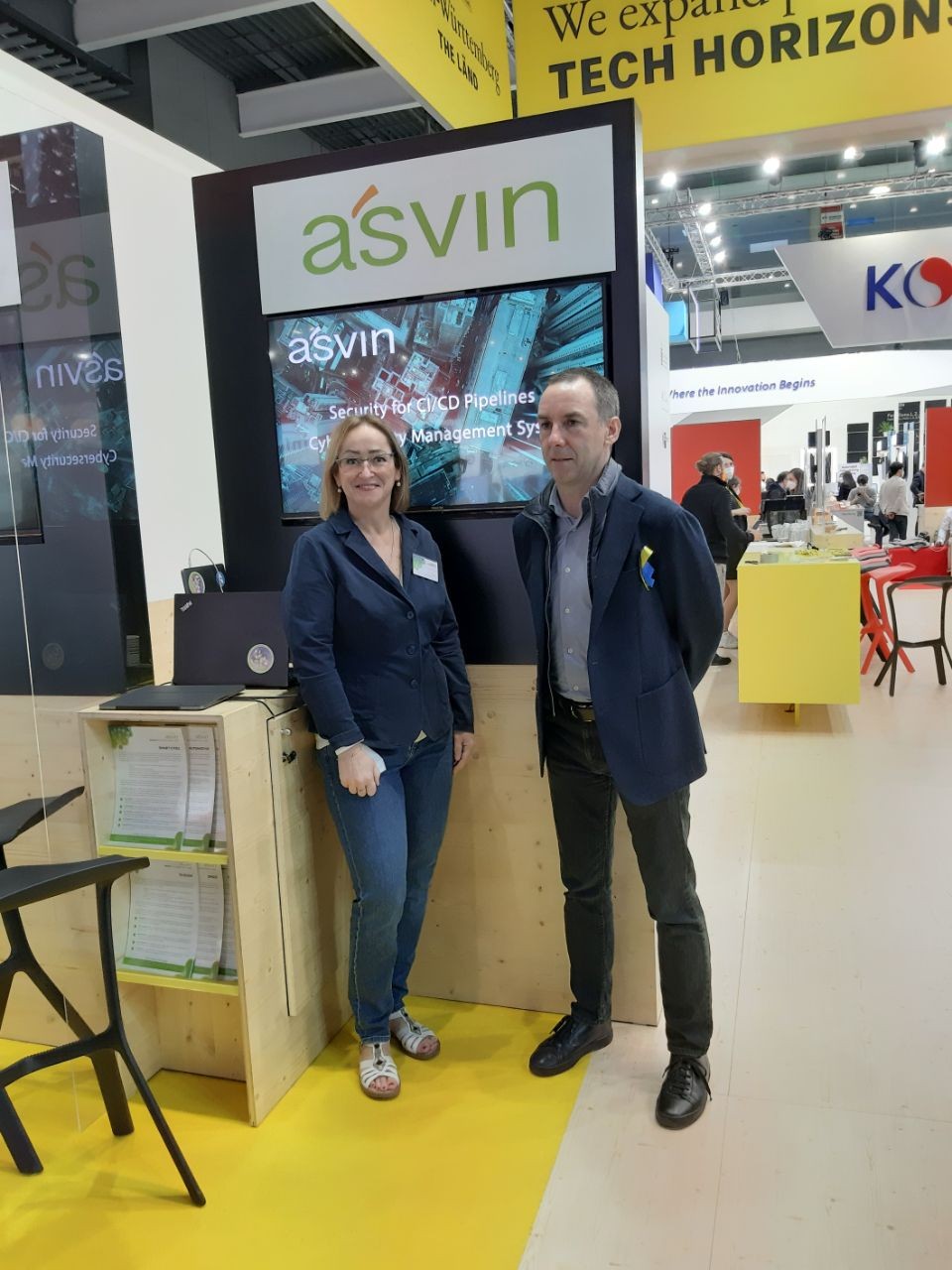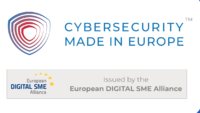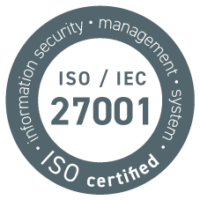Kevin visited us today at the “Welcome to THE LÄND” booth in cooperation with BW_i and Start-up international BW as part of the “Mobile World Congress” in Barcelona.

Kevin O’Donovan is a Technology Evangelist from Ireland, currently living in France and was employed at Intel until 2017. He is the founder of the company “A Bit if This and That” and has been involved with new technologies and their potential in an economic and socio-cultural context for more than three decades. Kevin advises international clients in the digital evolution process and real-life digitalisation implementation primarily in the Energy Industry.
In doing so, he also highlights challenges and obstacles.
asvin: Hello Kevin, it’s great that you find time to visit us at the booth here at the fair.
Kevin: You’re very welcome, Stefanie. I’m always happy to philosophise about digital innovations and new technologies. By the way, since yesterday, I have another avatar!
asvin: That means you now exist twice, once in reality and once in digital space?
Kevin: Yes, exactly. It’s incredible what technology can do. The software for digital twins has improved massively in recent years, and it’s pretty entertaining.
asvin: What can you do with your digital twin?
Kevin: With this one, they create your avatar from a single webcam selfie, you then get to choose between a business look and casual dress, and you end up with a avatar ‘file’ that you can use within an Augmented Reality or Virtual Reality world. So you have your very own Digital Twin.
asvin: Where do you see the risks with avatars and digital twins?
Kevin: During the lockdown, I ventured into the topic of avatars myself and tried out what you can do with them. Thanks to VR and AI, so much is possible, and almost daily, the range of applications is expanding. Today, companies are nearly all building digital twins and making the real world correspondingly more dynamic. However, the risks lie in the threats from cyber criminals!
asvin: So where is this dynamism coming from? What are its causes?
Kevin: I would say that companies need to think much more about how they can collaborate with their employees and how employees can collaborate. The video call and the live digital seminar will remain, but face-to-face is still the best way to negotiate or network. Nevertheless, avatars will remain, and in the future, they will be able to walk through virtual trade fairs or make virtual contacts, perhaps even closing deals in virtual space that will endure even in the real world.
asvin: Cyber security is currently one of the essential topics in the technology industry. How do you see the current situation? Are companies well prepared for the risks, or are they not even aware of them?
Kevin: Avatars are a cool technology. I have to say that. But of course, with every improvement in the technological aspects, the knowledge of cybercriminals also improves, and they are not just after financial benefits. So, we are currently in a digital overload from my point of view.
asvin: What do you mean by “digital overload”?
Kevin: Cyber security is one of the biggest challenges of our time and is very broad. It’s about data, know-how, critical infrastructures such as telecommunications or the energy sector. With every innovation that comes onto the dynamic market, aspects improve on the one hand, but on the other hand, the attack surface for hackers becomes more extensive, and they know how to exploit that.
asvin: In your opinion, is cyber security only about prevention and defence?
Kevin: No! If we don’t focus on security by design, we’ll be facing massive problems in 10 years. I’ve been in IT for 30 years, and I’ve seen cyber security go from an add-on to a necessity. Companies need to know where to get the appropriate technology, but they also need to know how to respond if an attack occurs.
asvin: Can you elaborate on that for us?
Kevin: Enterprises today need to be able to identify in real time whether or not there is an attack. They need contingency plans to respond quickly in the worst-case scenario. Imagine a critical infrastructure like a power grid goes down because of an attack, and they spend days trying to figure out where the attack happened, what damage it did, and how to get the power grid back up and running. More possibilities also mean more attacks.
asvin: Our solution for security in software supply chains for the IoT, the asvin BeeHive platform, is based on the blockchain. In your view, is that a superior technology to provide more security for devices in the Internet of Things?
Kevin: Yes, definitely. Blockchain currently seems to be a solution for securing critical infrastructure. The aspects of immutable records and evidence of a seamless registry are crucial here. But blockchain is not the solution to every problem. But in tracking and software updates, I see enormous potential for blockchain in the coming years. It is a big step ahead of other technologies, and this will benefit all stakeholders who need more security in IoT.
“Cyber security for critical infrastructure is high on the list of digital transformation challenges. CEO and board members need to be aware that not maybe what could happen, but most certainly cyber-attacks will happen, and they too will be affected.”
The interview was conducted by Stefanie Herrnberger, Head of Marketing, asvin.





